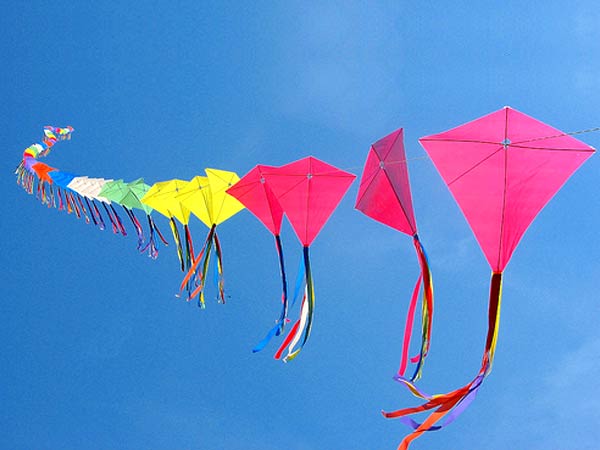A number of rituals and traditions are observed on Makar Sankranti. Check out the article to know all about Makar Sankranti customs.
Makar Sankranti Customs
Makar Sankranti is an important Hindu festival celebrated with religious fervor in almost all parts of India. The festival is celebrated to mark the beginning of the bountiful harvest season after few months of chilly winter. It falls on January 14, every year, as per the Solar calendar. Both geographic and religious significance are associated with the festival. On the day, Sun begins to travel northwards, by leaving the Tropic of Cancer in order to enter the Tropic of Capricorn (corresponding to the zodiac sign 'Makar' meaning Capricorn). The traditions observed during the festival are different according to different regions of India. Read on to get information about the rituals of Makar Sankranti.
Makar Sankranti Customs & Traditions
- In Maharashtra, there is a custom of exchanging sweets made of jaggery, as the first sugarcane crop for the year is harvested during the period. According to a tradition, the Marathis wear black clothes, because they consider the black sesame as auspicious. Til Gul (Sesame-Jaggery sweet) is prepared and exchanged on the day.
- Flying kite is one of the popular Makar Sankranti traditions of Maharashtra. Colorful kites, made of different shapes and sizes, are also flown in Gujarat, as a part of the celebrations of Makar Sankranti. This is primarily because, the festival coincides with the International Kite Festival held at Ahmedabad (capital city of Gujarat), on January 14.
- Charity forms a significant part of the traditions of Makar Sankranti. In the state of Uttar Pradesh, one can witness people donating Khichdi (rice cooked with lentils) to the poor and needy. People in Andhra Pradesh also indulge themselves in charity of clothes.
- Taking a holy dip on the day is considered auspicious and hence, it is a popular custom followed in Uttar Pradesh, where people flock the religious places in the state to take a ceremonious bath in holy River Ganga. It is believed that taking dip in holy rivers provides moksha (salvation) from all the sins done previously.
- Makar Sankranti is known as Pongal in Tamil Nadu. There, it is a three-day festival, starting from January 13 until January 15. January 13 is celebrated as Bhogi, followed by Makara Pongal (Sankranti) and then culminated by Mattu Pongal on the next day. Similar tradition is seen in Andhra Pradesh, where the third day of Makar Sankranti is known as 'Kanuma'.
- The customs followed in villages of India, on Makar Sankranti, have a unique charm. Varied festivities including singing and dancing mark the celebrations of the harvest festival. Courtyards and swept and sprinkled with a mixture of water and cow dung, while the homes are scrub-cleaned for the festival. People would make Rangoli or Kolam in their courtyard. The villagers extend their gratitude to Mother Nature for a good crop.




